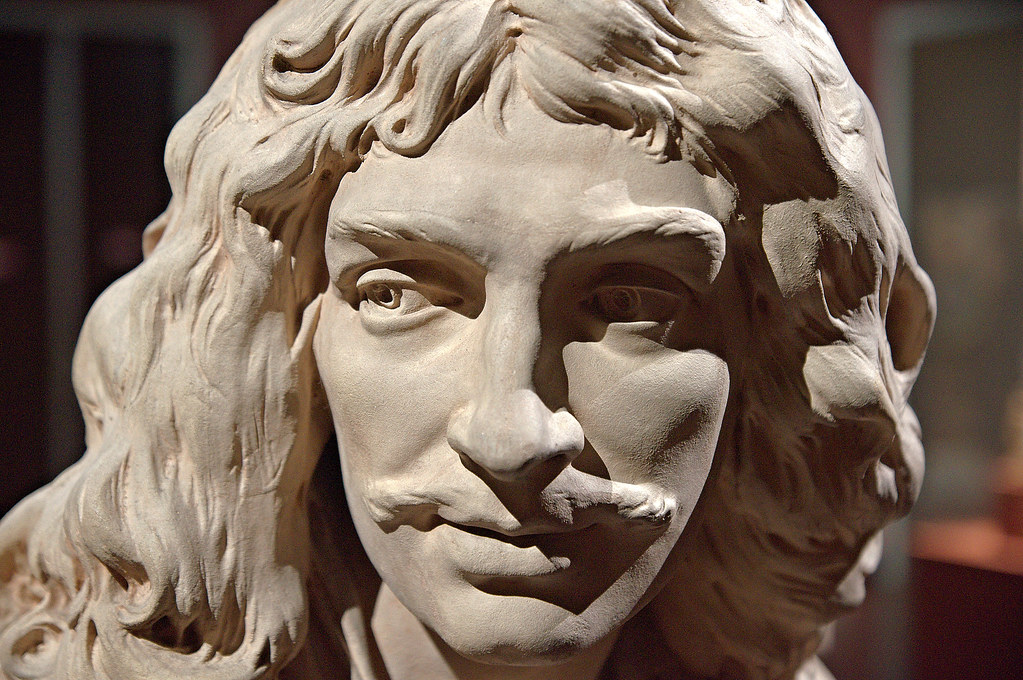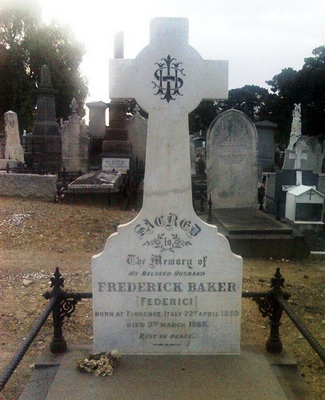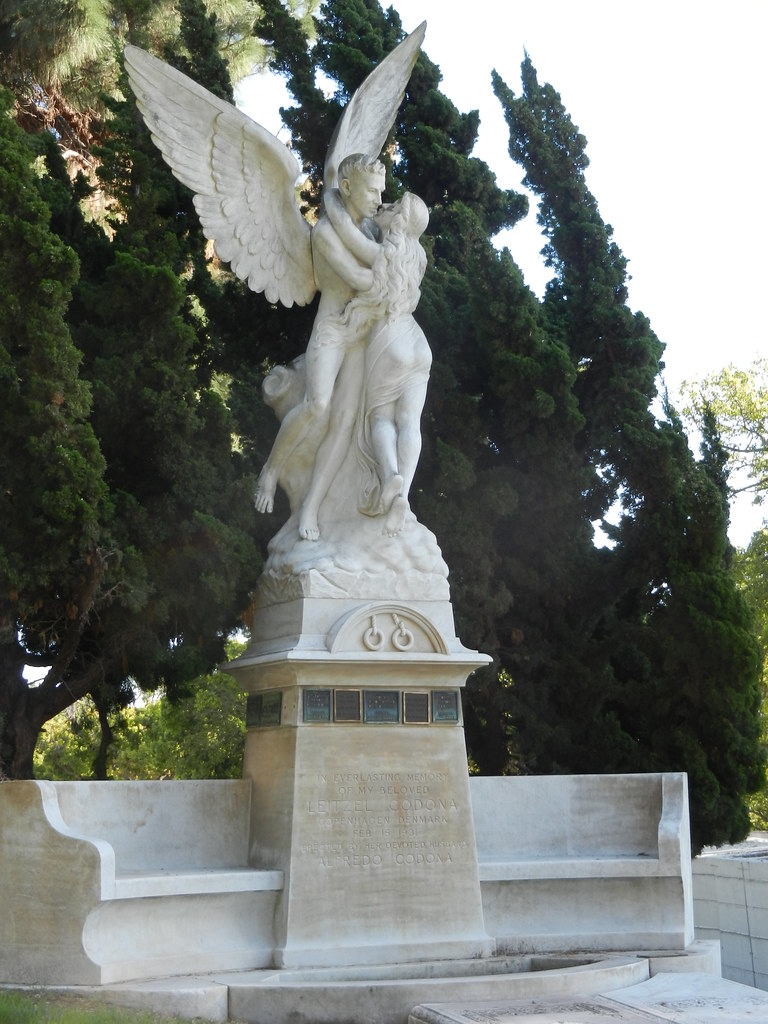There’s an undeniable magic that crackles in the air when the stage lights illuminate, and a performer steps into the spotlight. It’s a connection, a shared moment between artist and audience that, at its best, feels almost immortal. We go to concerts, plays, and spectacles seeking an escape, a thrill, or a moment of profound beauty, often forgetting the immense dedication, the physical demands, and sometimes, the sheer peril that performers face every time they take the stage.
But what happens when that magic is tragically broken? What happens when the performance becomes a performer’s final act, not metaphorically, but literally? It’s a somber thought, yet through history, numerous entertainers have, indeed, died while performing live or while recording a performance, turning their art into an unforgettable, albeit heartbreaking, piece of history.
From the hushed grandeur of an opera house to the daring feats under the big top, these stories remind us of the fragility of life and the unyielding commitment some artists have to their craft, right up to their very last breath. Here, we delve into some of the most striking and poignant examples of performers whose lives ended on or just after the stage, leaving an indelible mark on the annals of entertainment. Prepare to journey through time and witness these incredible, and deeply human, final bows.

1. Molière (1673): The Playwright’s Final Role
Imagine the scene: Paris, 1673. Jean-Baptiste Poquelin, known to the world as Molière, the brilliant French actor and playwright, is on stage. He’s suffering from pulmonary tuberculosis, a debilitating illness, yet the show must go on. He’s playing the title role in his own play, *Le Malade imaginaire* (which translates to *The Imaginary Invalid*), a biting comedy about a hypochondriac convinced he’s dying.
In a cruel twist of fate, during the fourth performance of the play, Molière was seized by a violent coughing fit. The audience, perhaps thinking it was part of the performance – a brilliant piece of method acting for a play about illness – might not have realized the true gravity of the situation. Despite his failing health and the intense fit, Molière, a true professional to his core, managed to finish the play.
However, the effort proved too much. According to historical accounts, he did not die on stage, a common misconception, but passed away just a few minutes later at his home. His dedication to completing the performance, even as his body failed him, speaks volumes about his commitment to his art. It’s a poignant end for a man who dedicated his life to the stage.
Interestingly, a popular superstition among actors, that yellow brings bad luck, is said to originate from the color of the clothing Molière was wearing at the time of his death. Whether true or not, it adds another layer of legend to the already dramatic tale of this theatrical titan’s final performance.

2. Frederick Federici (1888): The Opera Singer’s Heartfelt Farewell
Opera is an art form known for its grand drama, soaring emotions, and often, tragic conclusions. But few could have anticipated the real-life drama that unfolded during a performance of Gounod’s opera *Faust* at the Princess Theatre in Melbourne in 1888. The celebrated opera singer, Frederick Federici, was performing the role of Mephistopheles, the devil himself.
The character of Mephistopheles has a famously dramatic exit, descending through a trap door as the final notes of his part are sung. Federici completed his performance of the role with characteristic brilliance, hitting his last note perfectly. As he began his descent through the trap door, a crucial part of the staging, he suffered a massive heart attack.
The context precisely states that he had a heart attack “just after singing his last note as Mephistopheles in Gounod’s opera Faust.” The timing was uncannily dramatic, coinciding with his character’s exit from the stage. The audience, of course, would have been unaware of the real tragedy unfolding beneath the stage, likely believing his disappearance was simply a masterful execution of the scene.
Federici died shortly after, having delivered his final performance with impeccable timing, perhaps in a way he could never have intentionally choreographed. His death became an enduring legend in Australian theatrical history, a poignant tale of an artist whose life ended as his character vanished, leaving behind a legacy of a truly unforgettable final curtain call.

3. Sigmund Neuberger, ‘The Great Lafayette’ (1911): A Grand Illusion’s Fiery End
Vaudeville, with its blend of music, comedy, and dazzling magic acts, captivated audiences in the early 20th century. One of its most celebrated stars was Sigmund Neuberger, better known by his stage persona, “The Great Lafayette.” His illusions were legendary, but one performance at Edinburgh’s Empire Palace Theatre on May 9, 1911, would become tragically real.
Lafayette was performing his famous “Lion’s Bride” illusion, a spectacle undoubtedly designed to amaze and thrill. However, during the act, a stage lamp malfunctioned, sparking a fire. In the confines of a theatre, with elaborate sets and costumes, a small spark could quickly escalate into a catastrophic inferno. And tragically, it did.
The fire rapidly spread, creating a chaotic and terrifying scene. The context simply but powerfully states that the blaze “killed Neuberger, his double, the lion, and ten other performers.” This was not just the death of a star, but a mass casualty event that decimated a performing company and shocked the entertainment world. It was a stark reminder of the dangers inherent in large-scale theatrical productions, especially those involving complex machinery and potential fire hazards.
The tragedy of the Empire Palace Theatre fire is a devastating chapter in vaudeville history, a moment when the magic of illusion gave way to genuine horror. It serves as a somber legacy for The Great Lafayette, a performer whose final act became a real-life inferno, forever etched in the memories of those who witnessed, or later learned of, its devastating impact.

4. William Ellsworth Robinson, ‘Chung Ling Soo’ (1918): The Bullet Catch Gone Wrong
The bullet catch is perhaps the most dangerous and legendary of all magic tricks, a true test of a performer’s nerve and skill. Many magicians have attempted it, and several have met tragic ends. One such case was William Ellsworth Robinson, who performed under the stage identity of “Chung Ling Soo” – a persona he adopted, appearing in yellowface, to present himself as a Chinese magician.
In 1918, while performing this perilous illusion on stage, the unthinkable happened. The trick, which relies on misdirection and precise mechanics to simulate catching a fired bullet, went horribly wrong. Instead of the illusion playing out as intended, Robinson was tragically shot in the chest.
The context straightforwardly states: “was shot in the chest on stage during a bullet catch illusion gone wrong.” The details surrounding how the illusion failed remain a subject of historical debate, but the outcome was undeniable and fatal. A trick designed to defy death instead delivered it, turning a performance into a real-life horror show for the audience.
Robinson’s death sent shockwaves through the magic community, serving as a grim warning about the inherent dangers of attempting such a high-stakes illusion. It cemented the bullet catch’s reputation as the most dangerous trick in magic and left behind a tragic legacy for the man who was “Chung Ling Soo,” a performer who sought to create wonder but found his end in the very act of illusion.
Alright, buckle up, because our journey through the annals of incredible, heartbreaking, and sometimes truly uncanny final performances isn’t over yet. We’ve seen how the stage can be a place of both magic and extreme peril, where the line between theatrical drama and real-life tragedy can blur in an instant. Let’s dive back into some more unforgettable stories of artists who gave their absolute all, right up until their final curtain call. These tales truly stick with you, showing us just how much these performers poured into their craft. You might even find yourself thinking about them long after you finish reading.

5. Eugenie Blair (1922): The Actress’s Final Scene
Imagine the dedication it takes to perform when you’re feeling seriously unwell, knowing that the show, as they say, must go on. That’s exactly what Eugenie Blair, a talented actress, did in 1922 during the original production of *Anna Christie*. Despite feeling unwell and suffering from a nagging headache, she made the professional choice to decline an understudy, ensuring the performance wouldn’t be disrupted. Talk about commitment to your art!
Blair pushed through, delivering her lines and embodying her character with unwavering resolve. She completed her final scene, giving it her all as any true performer would. The audience, captivated by her portrayal, likely had no idea of the quiet struggle she was enduring backstage.
After her last scene, she stepped offstage, the lights perhaps still dazzling from her performance. She went to sit down, seeking a moment of respite after her taxing effort. It was in that chair, just moments after completing her role, that Eugenie Blair tragically passed away.
Her death, though not in the glare of the footlights, was intimately tied to her performance, a poignant testament to the immense physical and emotional demands of acting. It’s a stark reminder that the show, even for a seasoned pro, can sometimes demand more than anyone could ever anticipate, right up to the very end.

6. Lillian Leitzel (1931): The Acrobat’s Tragic Fall
For some performers, the stage isn’t just a platform; it’s an aerial arena where gravity is defied and the human body achieves breathtaking feats. Lillian Leitzel was a renowned acrobat, famous for her daring routines performed high above the ground. Her acts were a blend of immense strength, grace, and an almost terrifying precision, captivating audiences worldwide with her courage and skill.
Tragically, in 1931, during a performance in Copenhagen, the unthinkable happened. Leitzel was in the midst of her act, suspended in the air, when her rigging failed. The ropes, harnesses, and apparatus that were meant to ensure her safety, suddenly gave way. It was a performer’s worst nightmare come true, unfolding in terrifying reality before a stunned audience.
The fall was from a considerable height, and the injuries she sustained were catastrophic. Despite immediate efforts and hopes for recovery, Lillian Leitzel’s promising career and life were cut short. She died as a direct result of her fall, turning a spectacle of beauty and strength into a scene of profound tragedy.
Her death sent shockwaves through the circus and acrobatic communities, highlighting the inherent and often deadly risks faced by those who push the boundaries of physical possibility for our entertainment. Lillian Leitzel’s final performance remains a somber testament to the extraordinary courage, and the ultimate sacrifice, of an artist who literally soared for her art.

7.Louis Vierne (1937): The Organist’s Last Note
Sometimes, an artist’s final moments are imbued with an almost poetic serendipity, a perfect, yet tragic, alignment with their life’s work. Louis Vierne, the eminent French organist and composer, experienced just such an end. He was a master of his instrument, a giant in the world of classical music, especially known for his improvisations and profound compositions.
On June 2, 1937, Vierne was performing his 1,750th organ recital at the iconic Cathedral of Notre Dame in Paris. Think about that number for a moment – 1,750 recitals! That’s a lifetime of dedication, filling one of the world’s most magnificent spaces with sublime music. The atmosphere must have been awe-inspiring, as his powerful notes resonated through the ancient stone.
During this monumental performance, as his hands danced across the keys and his feet worked the pedals, Louis Vierne died. He passed away right there, at the console of the grand organ, amidst the very sounds he had spent his life creating. What a profound, if heartbreaking, way for a musician to take his final bow, surrounded by the echoes of his passion.
His death at the organ of Notre Dame became an instant legend, a powerful symbol of an artist’s ultimate devotion. It’s a reminder that for some, music isn’t just a profession; it’s the very breath of their existence, a force so strong it can carry them right up to their final, glorious note.

8. Ken “Snakehips” Johnson (1941): A Jazzman’s Wartime End
The glamour of the swing era, with its vibrant music and electrifying dance floors, offered a much-needed escape during the grim realities of World War II. Ken “Snakehips” Johnson was a leading figure in this scene, a British swing bandleader whose infectious energy and charismatic performances made him a star. His band’s performances at London’s Café de Paris were legendary, providing a haven of joy amidst the Blitz.
On the night of November 8, 1941, Johnson and his band were in full swing at the Café de Paris, entertaining a lively crowd. The club, deep underground, was considered relatively safe from the German air raids that plagued London. Everyone there was seeking a moment of normalcy, a chance to dance and forget the war raging above them.
But tragedy struck even in this supposed sanctuary. A German bomb, defying expectations, hit the Café de Paris directly. The explosion and its devastating aftermath brought an abrupt and brutal end to the music, the dancing, and the lives of many, including Ken “Snakehips” Johnson, who was performing on stage at that very moment.
His death is a stark and heartbreaking reminder that no place was truly safe during the war, and that even the joyous world of entertainment could be shattered by its harsh realities. Ken Johnson’s final, unwitting performance became a symbol of the wartime sacrifices, a jazzman silenced by the very conflict he sought to help people forget, leaving a profound mark on British cultural history.
And there you have it, a deeper look into more of those incredible, and incredibly sad, moments where performers quite literally gave their last performance. From the quiet dedication of an actress to the explosive end of a jazzman in wartime, these stories are powerful reminders of the human spirit’s commitment to art, and the unpredictable nature of life itself. Each artist, in their own way, left an unforgettable legacy, reminding us to cherish every performance, every note, every laugh, and every moment shared between artist and audience. Because sometimes, that moment is truly all there is.



